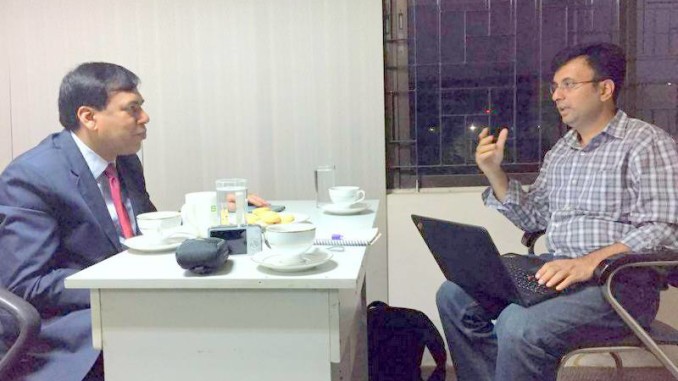
Health financing is an area where millions in Bangladesh have a stake yet it finds little reference in the development discourse of Bangladesh. Bringing low or low-middle income people under a health safety net is not only good for the overall health of the population but also is economically beneficial in terms of productivity gain and resource management. In Bangladesh, we often see a picture where middle-class families go destitute losing their last penny to arrange treatment for the family members, low-income people leave their lives to fate or a surge of fund-raising campaigns as a last-minute ditch to do something for an ailing patient. But this doesn’t solve the problem – where and how people can be supported to manage unforeseen health-care costs. Thats how we came to this topic. While working, we also found out that Government’s Health Financing Strategy plans to bring the entire population under an ‘universal health-care coverage’ (UHC) by 2032. Some pilot projects are being developed at Uzirpur Health Complex in Barisal, Benapole Municipal Corporation in Jessore and at Kalihati Health Complex in Tangail by preparing a database of low-income people and by distributing SMART health cards to the patients. We from Bytesforall Bangladesh have been documenting these initiatives and published our primary research at Global Information Society Watch report 2016. In that continuation, we sat for an interview with Prof. Dr. A K Azad, Director General of Health Services, Government of Bangladesh to understand what ‘universal health coverage’ is, how it works, whether or not we have any best practice anywhere, what are the technology and human resource preparedness issues etc. Prof. Azad in the past has worked to develop and set up health information systems across different health-care facilities in Bangladesh and has been the key person in digitization of Government hospitals. No wonder, the interview turned into an interesting conversation on the topic. The conversation was recorded and posted here.
